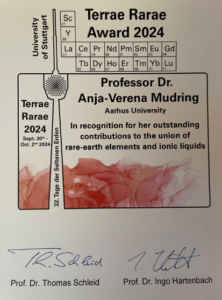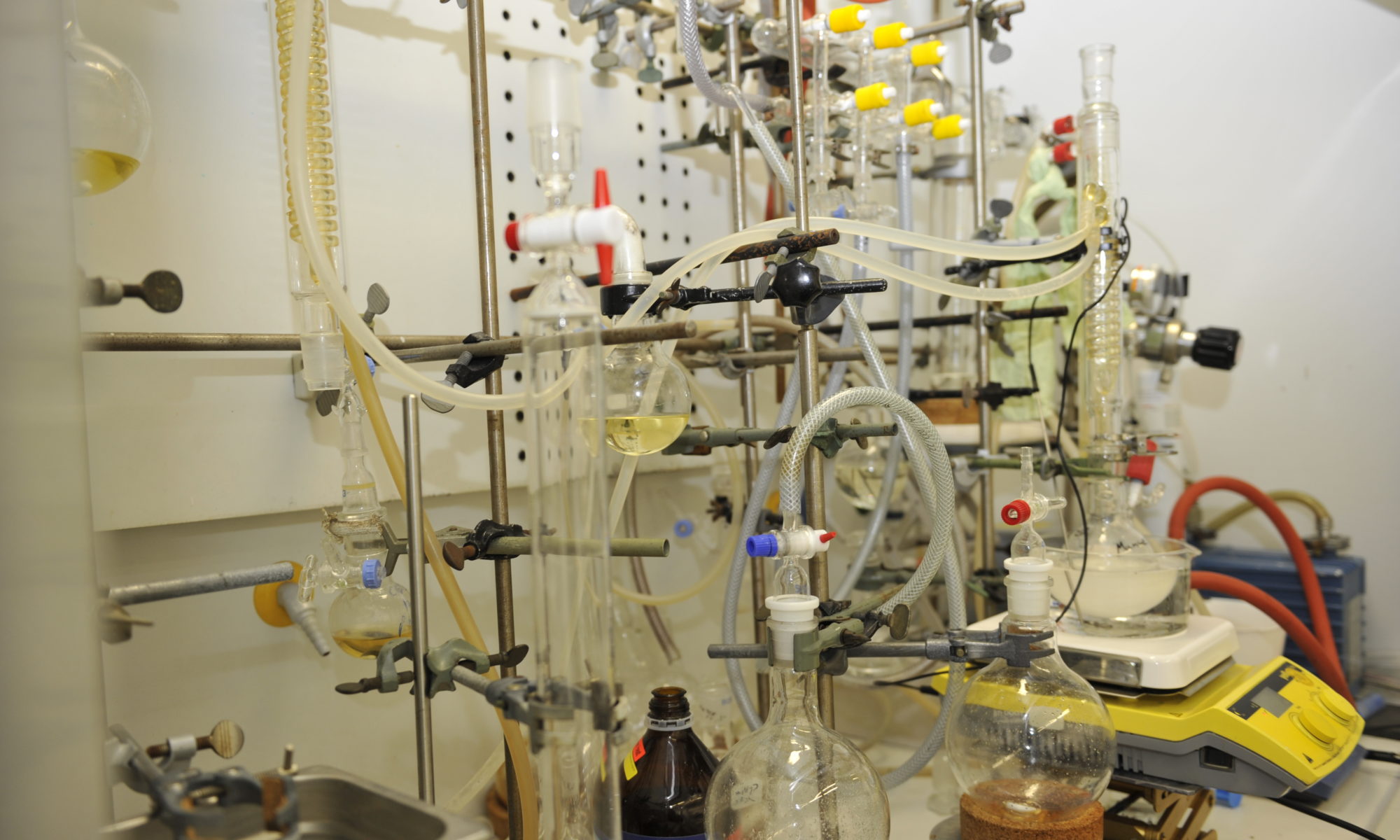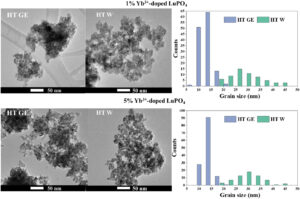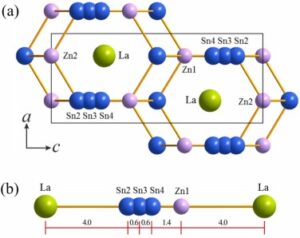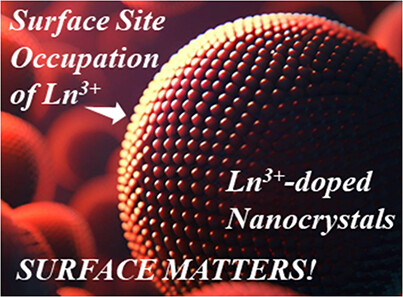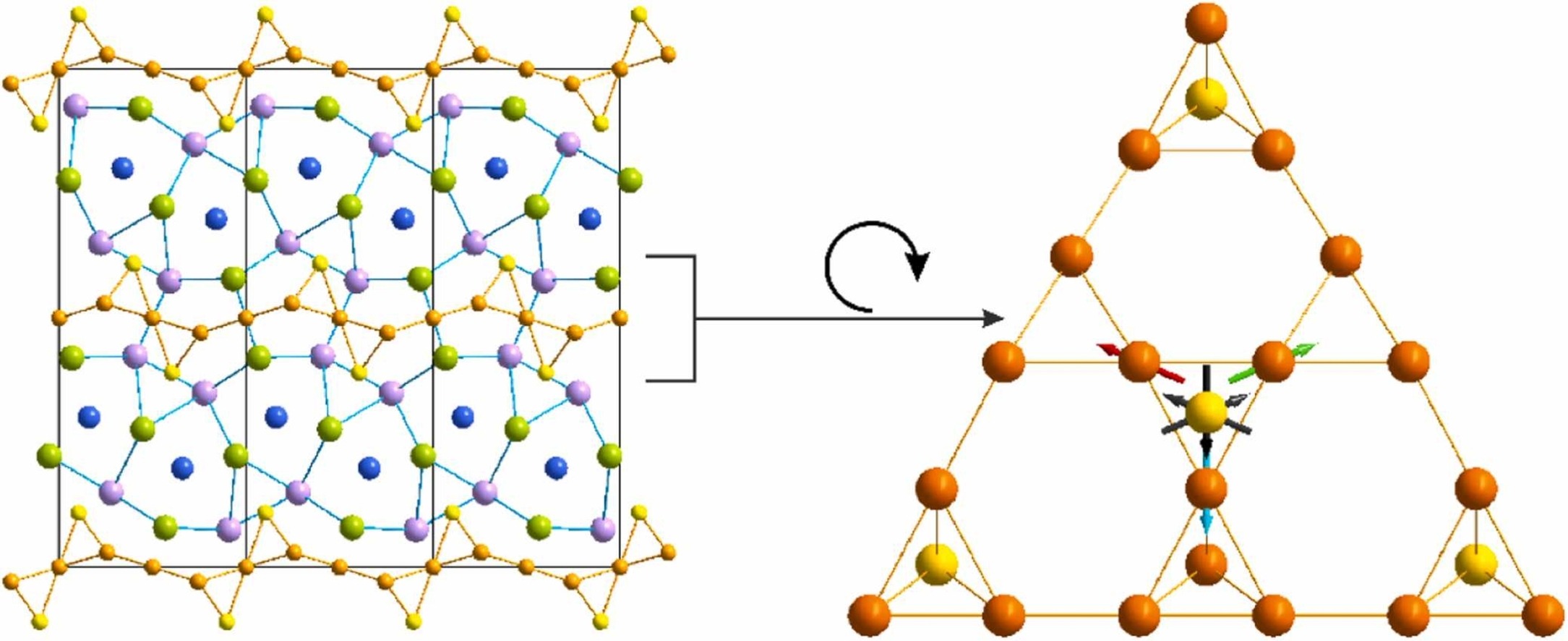The 2024 Terrae Rarae Award was presented in honor of Prof. Dr. Anja Mudring at the 2024 Terrae Rarae Meeting at the University of Stuttgart. She received the award in recognition of her outstanding contribution to the union of rare-earth elements and ionic liquids.
The award was founded 20 years ago. Prof. Dr. Mudring is the 17th awardee and the first woman to receive the award.
Congratulations!
